The Australian wilderness is a vast tapestry of eucalyptus trees and open plains, where creatures of myth and wonder roam. Among these avatars of Australiana, koalas and kangaroos capture our imaginations like no other. Despite their status as global icons, there’s more to these creatures than meets the eye. They’re both adorable and alarming in ways that defy stereotypes.
1. Nocturnal Nappers
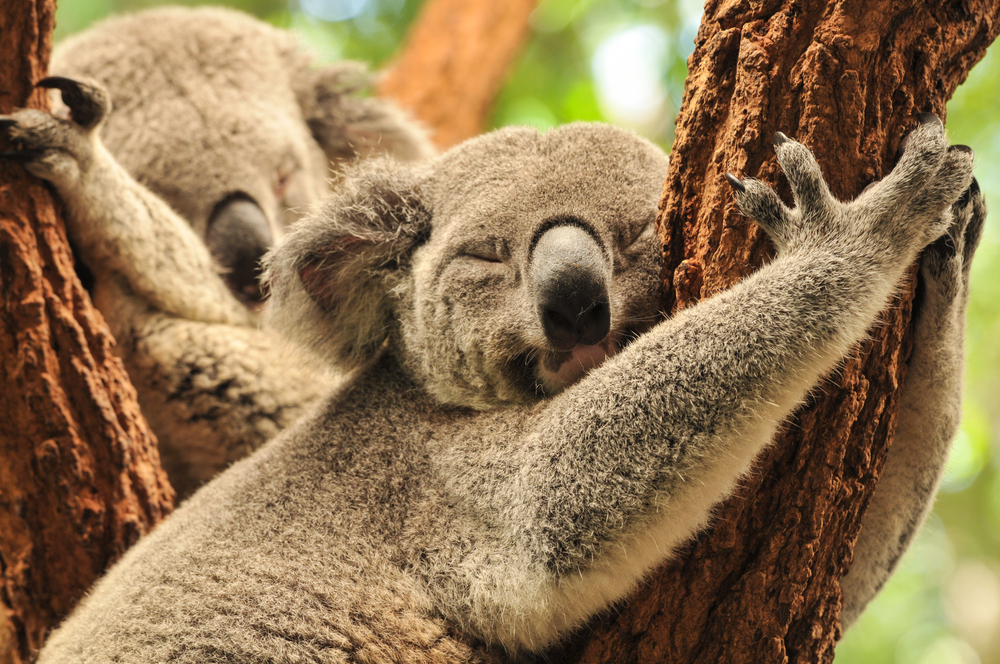
Koalas are known for their laid-back lifestyle, spending up to 18-22 hours a day in the land of dreams. This isn’t just because they’re lazy; their diet, mostly composed of eucalyptus leaves, is low in nutrients, requiring them to conserve energy. According to Australian Koala Foundation, this fascinating lifestyle choice is essential for their survival. Koalas have a specialized digestive system to process these leaves, extracting what few nutrients they offer.
Their nocturnal nature also means they’re active during the cooler, safer hours of the night. Although this makes them harder to spot, it’s a savvy survival tactic. Under the moonlit sky, they climb trees and interact with fellow koalas. So, next time you find a sleepy koala, remember it’s not just an ordinary nap—it’s a strategic energy conservation plan.
2. Tail Talk
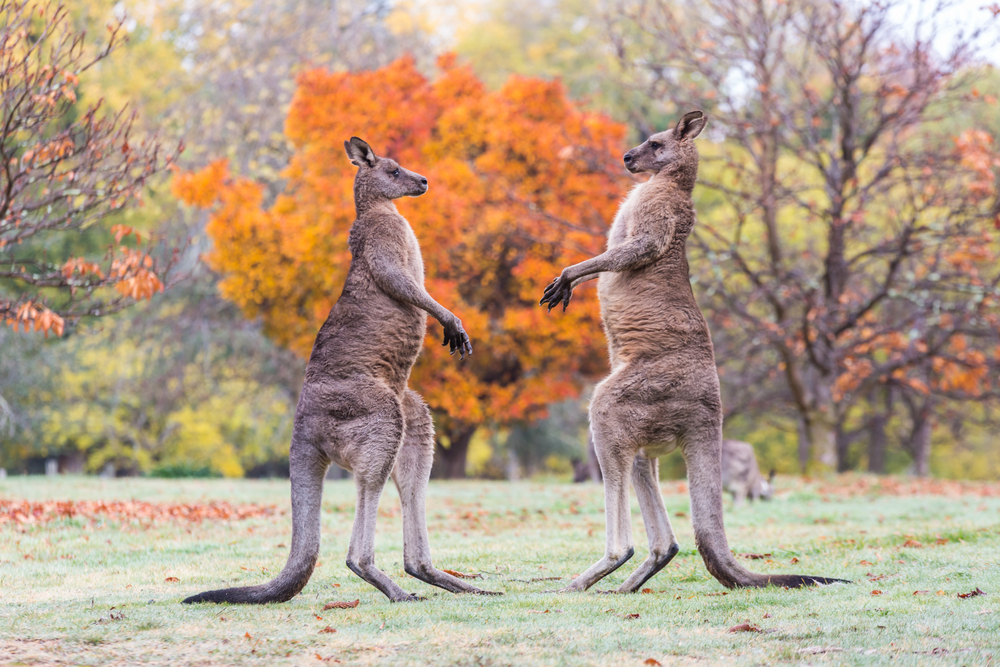
Kangaroos have a tail with a purpose beyond just balance. It’s essentially their fifth limb, propelling them forward and providing grace in motion. According to Phys.org, kangaroos use their tails as a powerful fifth leg when grazing, providing as much propulsive force as their front and hind legs combined. This innovative use of the tail allows them to move efficiently and swiftly across the rugged landscape.
When not in motion, their tail serves as a support pillar, striking a balance between leisure and readiness. It assists in steering during high-speed chases and helps them stand upright while boxing—a common behavior among males. The tail’s versatility is a testament to the kangaroo’s evolutionary prowess, turning a simple appendage into an indispensable tool.
3. Eucalyptus Enthusiasts

Koalas have a peculiar penchant for eucalyptus trees, with preferences extending to specific species of the plant. This selective eating habit isn’t just about flavor; it’s also about avoiding toxins. According to Phys.org, koalas choose eucalyptus leaves with higher available nitrogen and lower toxin levels, ensuring they get the most nutrients while avoiding harmful chemicals. Their liver detoxifies these chemicals, allowing them to feast on leaves that other animals shun.
This diet also serves as a natural insect repellent, thanks to the eucalyptus oils. However, it limits their habitat to areas where these trees grow abundantly. The koala’s restricted diet makes it vulnerable to habitat loss, a pressing issue as urbanization encroaches into their homes. Thus, these adorable creatures are living reminders of the intricate balance in nature.
4. Jumping Marvels
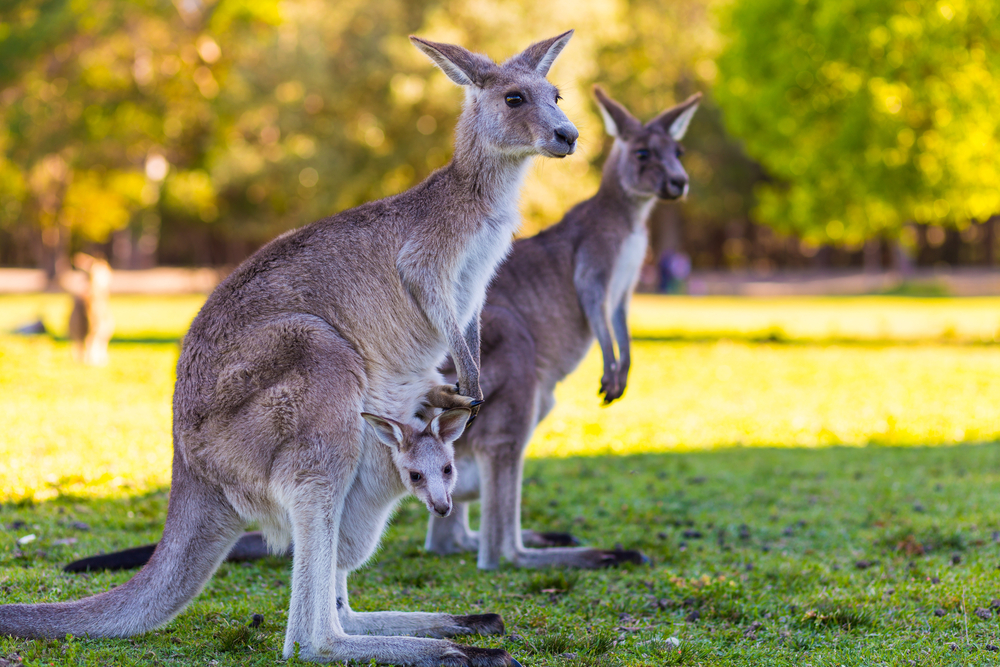
Kangaroos are famous for their incredible jumping prowess, a skill that goes beyond simple locomotion. They can leap distances of up to 30 feet in a single bound and reach speeds of 35 miles per hour. This is not just an impressive athletic feat; it’s a masterclass in energy efficiency. According to BBC News, kangaroos utilize elastic energy stored in their tendons, allowing them to move efficiently across vast areas while conserving oxygen.
This bounding ability aids in covering large areas in search of food and water, essential in the arid Australian landscape. It also serves as an effective means of escape from predators, allowing them to swiftly vanish from danger. This unique adaptation underscores the kangaroo’s role as a symbol of agility and resilience. They are not just animals hopping around; they’re nature’s athletes, excelling in the art of survival.
5. Singular Socialites
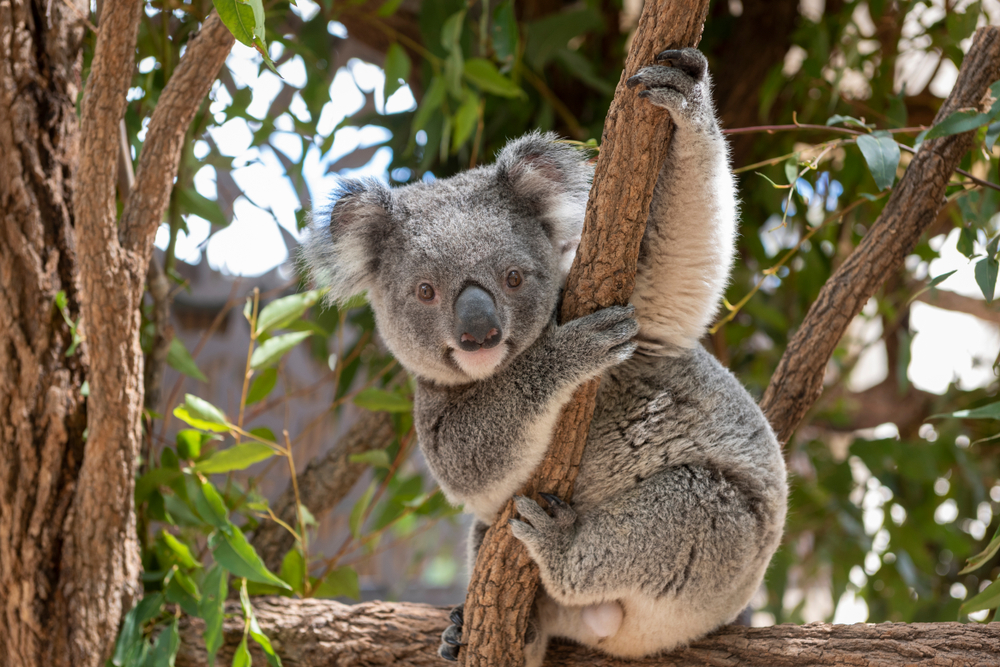
Koalas are often portrayed as solitary creatures, and for the most part, they are. However, they do form loose social groups based around a shared home range. This social structure is akin to a peaceful neighborhood, where each koala respects the boundaries of its neighbors. Territorial disputes are rare, but they do occur, and are usually resolved with displays of vocal prowess rather than physical confrontation.
Communication is key in this eucalyptus canopy community. Koalas produce a variety of sounds, from snores to bellows, to communicate over distances. These calls are essential during mating season, helping males locate potential partners. So, while they might seem solitary, koalas are more like reserved socialites, valuing their alone time but appreciating the occasional social interaction.
6. Boxing Buddies
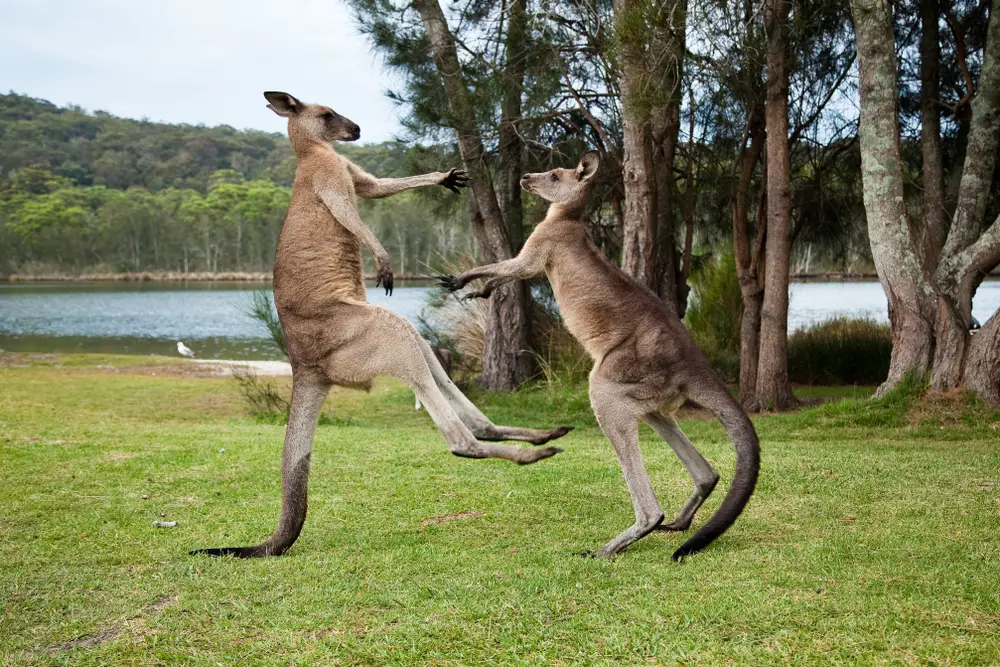
The image of kangaroos boxing is both amusing and intriguing, capturing a unique aspect of their behavior. This ‘boxing’ is not mere play; it’s a ritualized combat among males to establish dominance and win mates. During these matches, kangaroos use their forelimbs to spar and their powerful hind legs to deliver strong kicks.
This behavior is generally observed within a mob, a social group that can consist of up to 50 individuals. The hierarchy within these mobs is dynamic, with younger males often challenging for the top position. While it may seem harsh, this structured combat is crucial for maintaining social order. It also ensures that only the strongest and most adaptable genes are passed on, a natural vetting process in the wild.
7. The Art Of Nurture
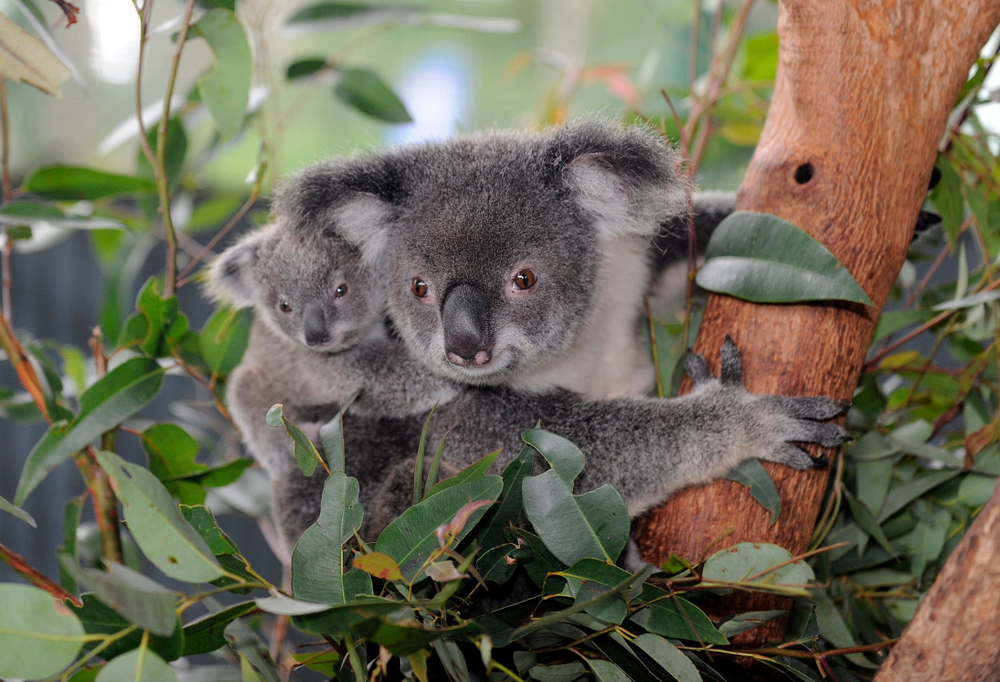
Koalas are marsupials, meaning their young are born underdeveloped and require a pouch for further development. A newborn joey, blind and hairless, makes its way to its mother’s pouch where it will stay for about six months. During this time, it nurses and grows, emerging as a miniature version of its parents.
Once strong enough, the young koala rides on its mother’s back, learning essential survival skills. This nurturing period is critical for joey development, as it includes learning dietary preferences and social cues. The strong bond between mother and joey underscores the importance of maternal care in koala society. It’s a touching example of nature’s commitment to the next generation.
8. Environmental Ambassadors
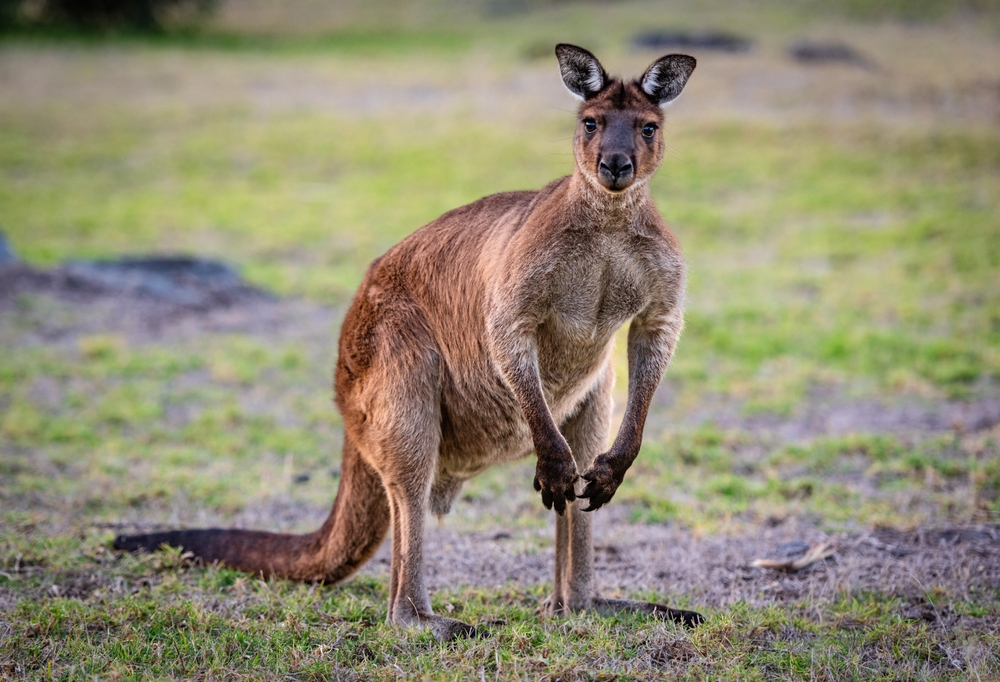
Kangaroos are often seen as environmental symbols in Australia, representing the country’s commitment to wildlife conservation. Their presence indicates the health of the ecosystem, as they play a crucial role in maintaining the grasslands. By grazing, kangaroos help prevent bushfires by reducing ground-level vegetation, a natural form of land management.
Furthermore, their population dynamics offer insights into broader environmental trends. Changes in kangaroo populations can reflect shifts in climate, vegetation, and water availability. This makes them valuable indicators for scientists studying the impacts of environmental change. As such, kangaroos serve a dual purpose: icons of national identity and vital ecological contributors.
9. Sticky Situations

The fur of a koala is more than just a cuddly exterior; it’s a complex system designed for survival. Their dense, woolly coat provides insulation against both cold and heat. This fur has a unique texture that repels water, keeping koalas dry during rain. The fur on their bottom is particularly thick, providing a cushion as they sit on rough branches for extended periods.
Additionally, their fur acts as a natural insect deterrent. The eucalyptus oils absorbed from their diet give their coat a distinctive smell that wards off pests. This aromatic barrier ensures that koalas remain relatively undisturbed by insects, allowing them to focus on their primary tasks: eating, sleeping, and occasionally socializing. The koala, it turns out, is a master of comfort and practicality in the wild.
10. Unpredictable Movements
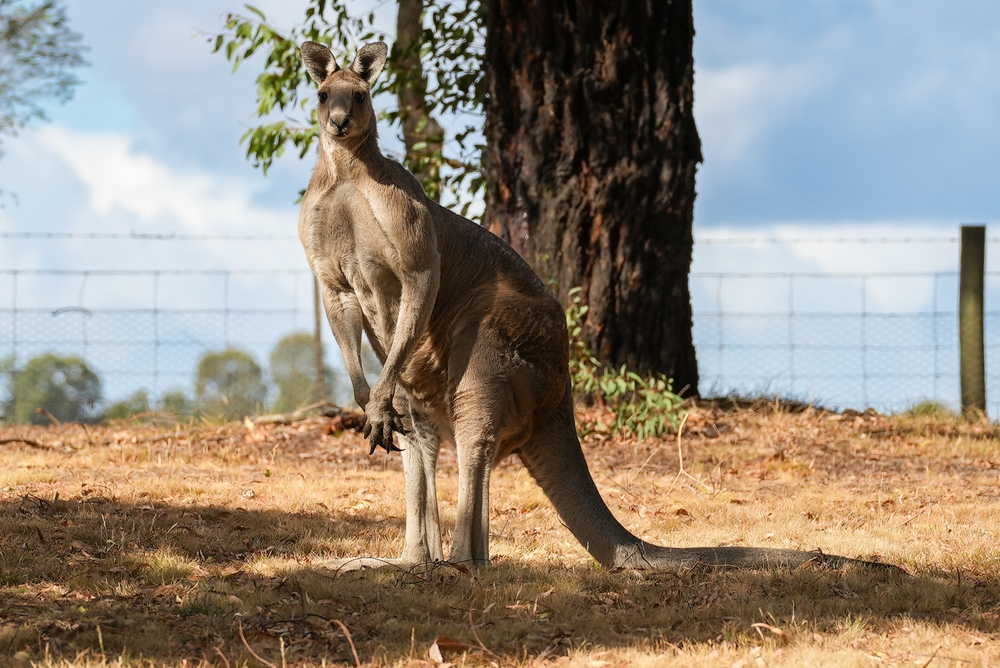
Unlike the expected hopping, kangaroos exhibit a lesser-known gait known as ‘pentapedal locomotion.’ This involves using their forelegs, hind legs, and tail to move when browsing for food at slow speeds. This ability to switch between different types of movement showcases their adaptability to varying terrains and conditions.
While the high-energy leaps are reserved for speed, pentapedal locomotion is an energy-conserving method suited for grazing. This versatility ensures they can efficiently navigate their habitat, whether sprinting from predators or casually feeding. The kangaroo’s movement is a testament to the ingenuity of evolution, crafting a creature perfectly suited to its environment. It’s a reminder that nature often crafts solutions that are as functional as they are fascinating.
11. The Quiet Communicators
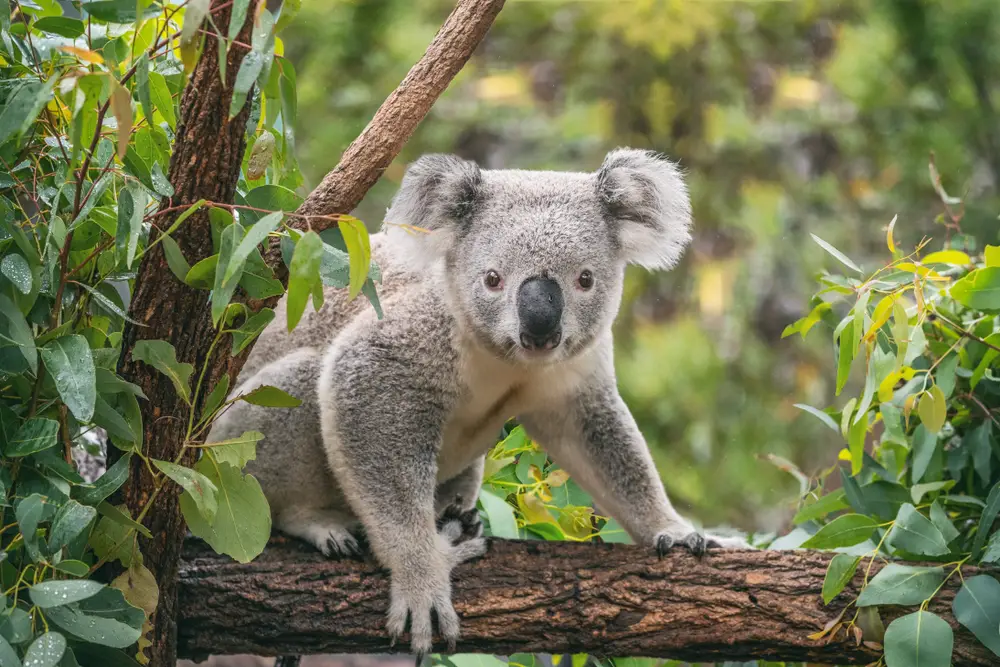
Koalas might seem like the strong, silent type, but they have a repertoire of sounds that would surprise the casual observer. They communicate with a range of vocalizations, from grunts to low-pitched bellows. These sounds play a crucial role during mating season, where males announce their presence and dominance.
Interestingly, each koala has a unique voice, allowing them to identify one another over distances. This vocal distinction aids in maintaining their social structure, especially in areas with overlapping territories. Although they’re not chatty creatures, these subtle exchanges are vital for social cohesion and avoiding conflicts. Koalas prove that sometimes, less is more when it comes to communication.
12. Family Dynamics
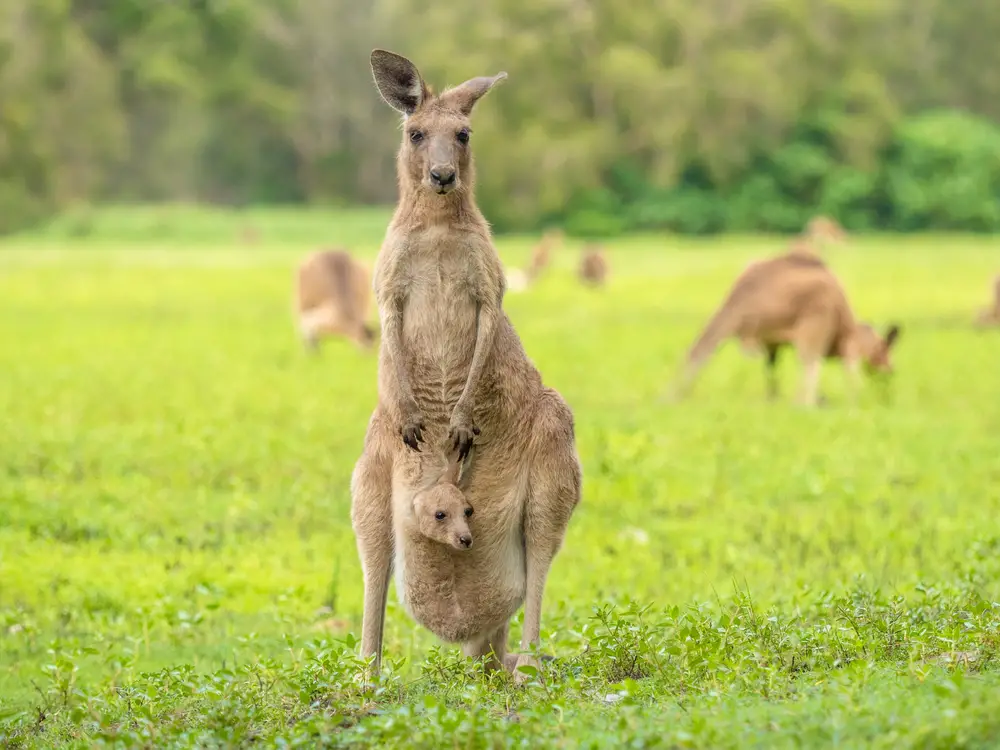
Kangaroo social structure is fascinating, with complex family dynamics playing out within each mob. Female kangaroos, known as ‘flyers,’ are the primary caregivers, nurturing their joeys in their pouches for several months. Male kangaroos, or ‘boomers,’ may not engage in childcare, but they play a crucial role in protecting the mob from threats.
Mob hierarchy is fluid, and dominance is often contested through sparring. This structured social system ensures the survival and well-being of the group, with each member playing an essential role. The cooperative nature of kangaroo mobs highlights the importance of social bonds in the wild. Their interactions offer insights into the balance of competition and cooperation that defines life in the animal kingdom.
13. Climate Change Sentinels
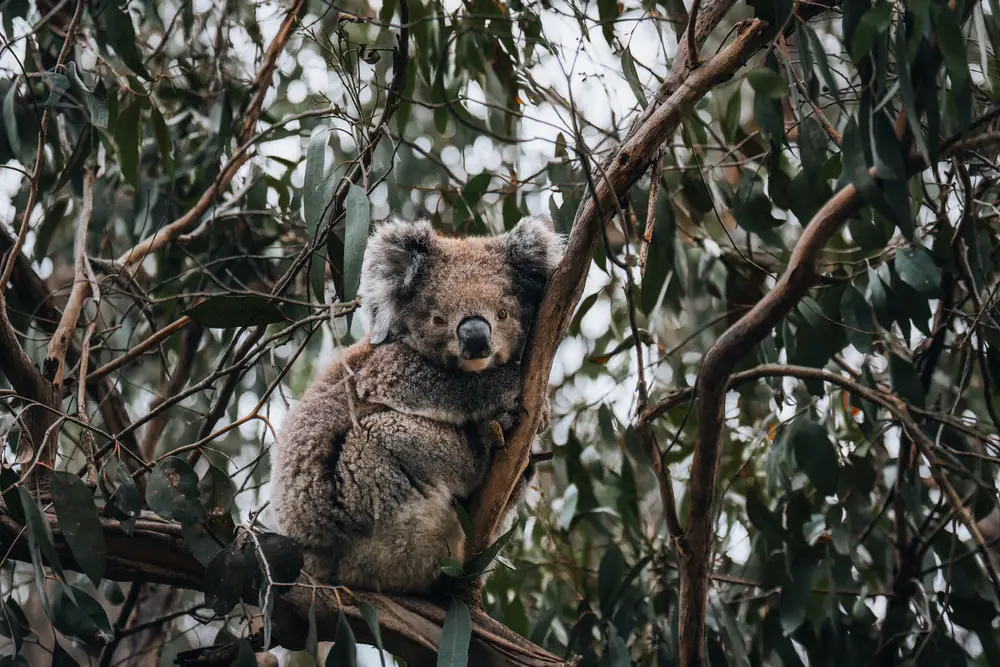
Koalas are increasingly becoming indicators of climate change due to their sensitivity to environmental shifts. Their reliance on eucalyptus trees makes them vulnerable to habitat destruction caused by deforestation and bushfires. Rising temperatures and changing rainfall patterns further threaten their food supply and living conditions.
Monitoring koala populations provides valuable data on the impacts of climate change on biodiversity. Conservation efforts are crucial to protect these animals and the ecosystems they inhabit. By safeguarding koalas, we’re also preserving a broader range of species that share their habitat. In this way, koalas serve as both victims and vital signs in the fight against climate change.
14. Silent Sentinels Of The Outback
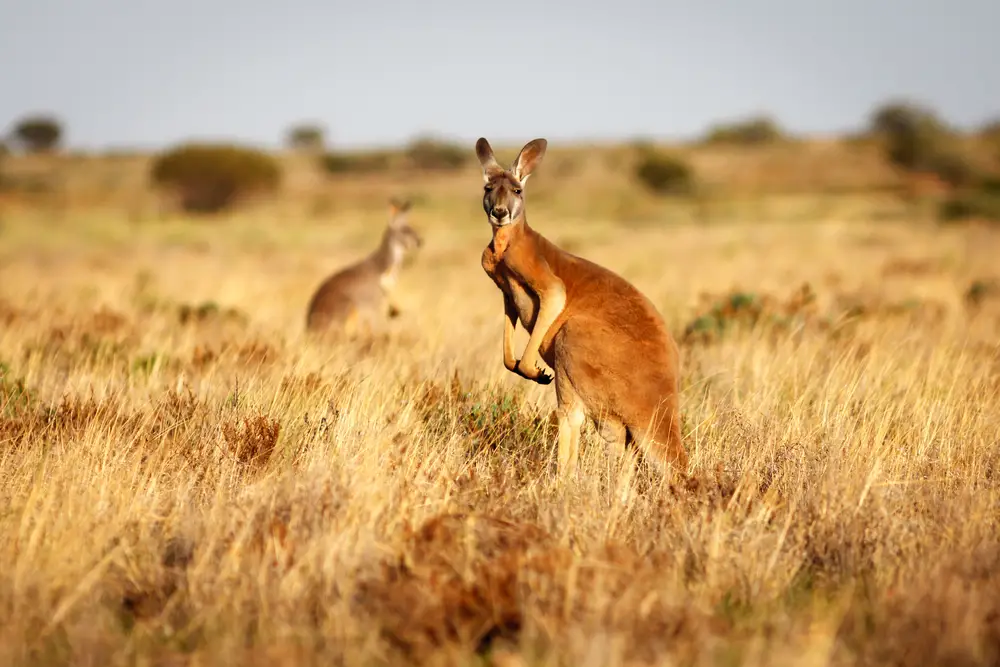
Kangaroos, with their curious gaze and strong presence, serve as silent guardians of the Australian outback. Their grazing patterns help maintain the delicate balance of the ecosystem, preventing overgrowth that can lead to destructive bushfires. This natural management of the land is an integral part of maintaining biodiversity.
Their role extends beyond environmental stewardship to cultural significance. Kangaroos are a symbol of Australia’s natural heritage and are featured prominently in indigenous myths and traditions. They represent resilience, adaptability, and a deep connection to the land. As such, kangaroos embody both the spirit and the challenges of the Australian wilderness.
15. Conservation Challenges

Despite their iconic status, both koalas and kangaroos face significant challenges in the modern world. Urban expansion, deforestation, and road accidents pose constant threats to their populations. Efforts to conserve their habitats are essential to ensure their survival, involving community engagement and legislative action.
Public awareness campaigns aim to educate people about the importance of preserving these species and their environments. Collaborations between governments, NGOs, and local communities are crucial for effective conservation strategies. By protecting koalas and kangaroos, we’re also preserving the unique biodiversity of Australia. It’s a commitment that requires collective responsibility and action, ensuring that these remarkable creatures continue to enchant future generations.
